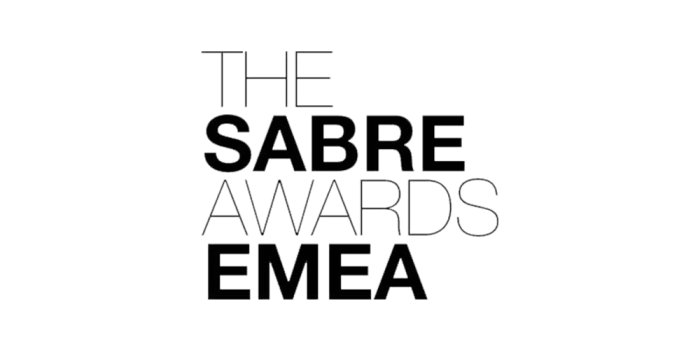
For many start-ups, investing in PR is a daunting step. Most entrepreneurs understand the importance of PR and the value that it adds, but they have limited funds as well as investors to keep happy, while relying on press coverage in order to grow the business. It’s a catch 22.
Here’s a few basic steps that we hope will help some start-ups out there looking to approach the press. Even if you are considering taking on a PR team or agency, these steps should be taken beforehand so you really understand how you’d like to approach PR and what your goals are.
Who are you trying to reach? What do they read/watch/listen to?
Make a short hit list of press that you need to target based on your clientele/customer base. This is a little more straightforward for b2b trade press, but if you’re targeting news, general business or lifestyle outlets for example, select those with the most relevant audience demographic, tone and content.
Note which journalists regularly write about the topic that is most relevant for you – these are the guys you’ll want to build a relationship with. Keep a tab on the articles they cover and their interests on twitter. If they’re fed up of hearing about new products for Christmas, or stories about Brexit for instance, they’ll often be vocal about it.
Without this hit list, you won’t know what a successful PR campaign looks like. All PR activity should be tailored to each company and their business goals.
Understanding the press
Read up on, or watch/listen to the relevant outlets that are on your hit list. What do they cover? How do they cover their stories?
For example, do they prefer news stories or opinion-led articles? Do they run interviews or profile columns? Do they accept commentary from external sources within their feature articles? Keep an eye on whether the articles are sponsored; you’ll be able to identify if a website only accepts paid-for content.
It’s useful to understand how your target media works in order to ensure you’re pitching carefully tailored content. It’s brilliant if you’re able to specifically reference the section of the paper or site that you’re pitching for. The journalist will appreciate that you’re offering content that is useful and relevant for their audience.
So what?
The core of what we do is based on editorial, non-paid-for content. Meaning the journalist has chosen to publish, post or broadcast the story because they genuinely felt it would be of interest to their audience. This is where PR adds value in contrast to advertising.
With this in mind, take that extra consideration about what your message is and why the press would be interested in your product, service or opinion. Bear in mind that the number of start-ups out there all fighting for attention is overwhelming, so try to take an unbiased view of your company.
What is it that you can offer the journalist that no other start-up can? It could be a number of things such as the product or service itself, or the story behind the company. It could be your clientele and the insights or testimonies that you can offer. Perhaps it’s the people behind the company – can they offer expert insight and opinions? Do they have a fascinating back-story?
Don’t be offended if you are thoroughly questioned by a prospective PR agency, they’ll only be identifying what the best approach should be. British press are some of the most cynical in the world so it’s important to be frank from the start in order to find those nuggets of information that the press will love.
What PR are your competitors doing?
Many start-ups claim they are the first or only company to do what they do, but this is not why we ask prospective clients who their competitors are.
If you’re brutally honest, there will be at least one company out there that does something very similar to what you do, if not in the same industry. You could be the leader in your field or offer something far more specific and brilliant, but you still need to keep tabs on them.
Where have they been covered in the press? What kind of stories or articles are they producing? How can you do better? By keeping an eye on their relationship with the press it’ll not only give you an idea of which journalists are already warm to the topic, it’ll help to guide you on the content you need to produce. You’ll also avoid wasting time on a story or angle that’s already been covered.
There’s no one PR plan
The rest is really about being strategic and creative. All PR should be well planned and well written, and most importantly focus back on the business message and goals.
Good luck!
By Yasmine Triana.






